It’s just a given that nature and wildlife filmmakers spend a lot of time out in the field doing a whole lot of nothing.
If you’ve ever spent any length of time in a blind or hide then you know that the hours can seem like days while you’re waiting for something to happen. You have to stay on alert at all times because as soon as you drop your guard, that’s when something happens.
I know when I was first starting out filming nature and wildlife if I came back without hitting the record button, I never looked at the time spent as a waste, just a disappointment that I wasn’t able to capture some part of nature and bring it home.
There’s a saying that goes something about It’s not the destination but the journey that’s important.
For a long time, I never really understood what that meant. I mean if I was taking a trip to Yellowstone, it was all about getting to Yellowstone, the journey there was just time wasted in transit. But that was the literal sense of the saying.
I’ve found that the longer I’m out filming nature, the more I understand what the journey is all about.
Sure as nature and wildlife filmmakers, the goal is to always come home with footage if we can, but I don’t ever feel that my time could have been spent better if the camera stays in its bag the whole time. In fact, I often find myself just sitting out in nature with my camera still packed away just taking it all in and getting in tune with nature. I think it’s made me a better filmmaker to be honest with you.
In the past I would be so focused on finding good subjects or figuring out just the perfect composition that I lost sight of the big picture. By doing nothing, I became more away of everything. I started seeing more, hearing more and even smelling more. That in turned led to me filming more.
This past year I’ve captured more beautiful footage of the tallgrass prairie than I ever have in the past. I think it is entirely attributable to just doing nothing but sitting and observing.
I’ve always said that one of the best wildlife filming tips is to have patience. Don’t become frustrated if you return from a trip out in the field empty-handed. The footage will come. I think the more time you spend connecting with nature, the more chances you’ll have of shooting some fantastic footage.
When we have only the destination in mind, we tend to overlook things that are right in front of us. By taking the time, even if it means just pulling up a patch of prairie and just hanging out, we dial into nature. Once you’re dialed into nature you’ll find that you start having more and more shooting opportunities.
Try this next time you’re out in the field. After you lose the best light of the day or you’ve filled up all your memory cards or tapes, don’t be in a rush to get back and review your footage. Find a comfortable spot and just hang out for a while. Don’t think about what you have to do tomorrow or what’s for dinner tonight. Just clear your mind and let your senses take over. What do you hear? What do you see? It was a situation similar to this that I discovered the warning calls of certain birds whenever a whitetail deer would be moving from its day bed to its feeding area or vice versa. Now I pay attention to those sounds around me and I’m prepared when I hear the alarm calls begin.
Someone once told me that they’d like to shadow me to see how I turn the ordinary into the extraordinary. I hope posts like this one helps give you a bit of insight into my process. I really don’t think it’s skill so much as being aware of your surroundings.
If this post was helpful for you in any way, I’d love to hear from you. Leave a comment below or send me an email. If you really found this post helpful, please pass it on by sharing it on Facebook, Tweeting it or just emailing it to your fellow nature and wildlife filmmakers.
Shoot the ordinary and make it extraordinary!
And as always, shoot the ordinary and make it extraordinary!


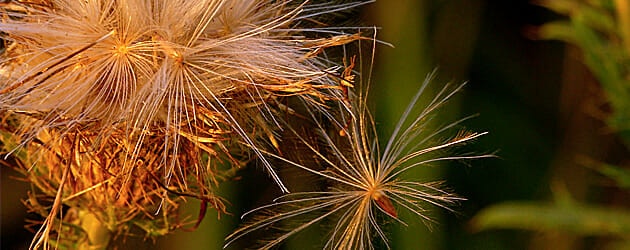
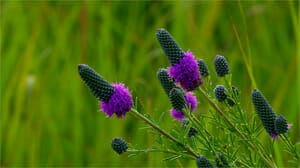

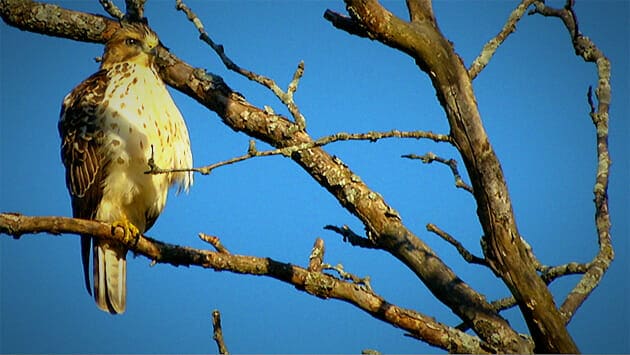
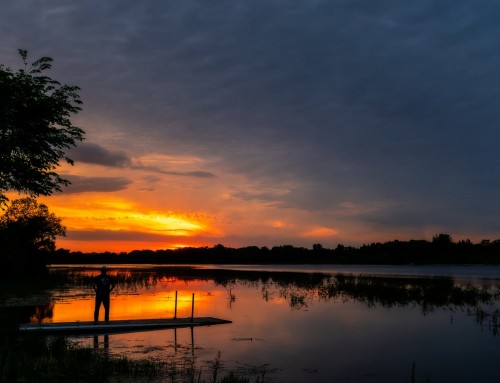
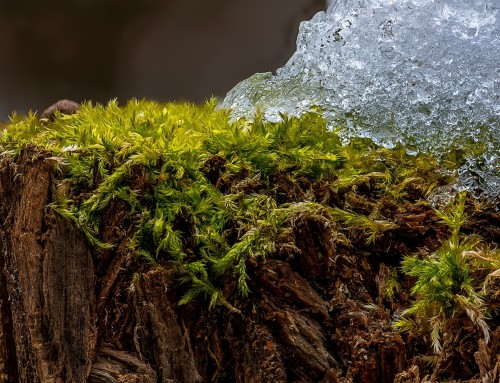

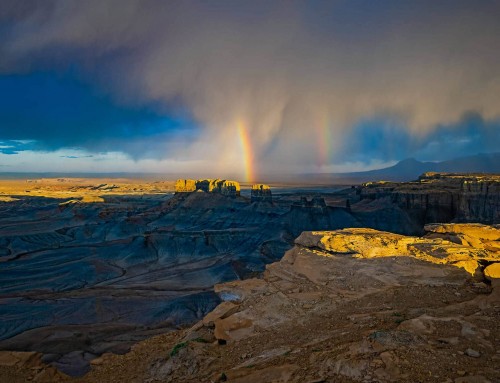
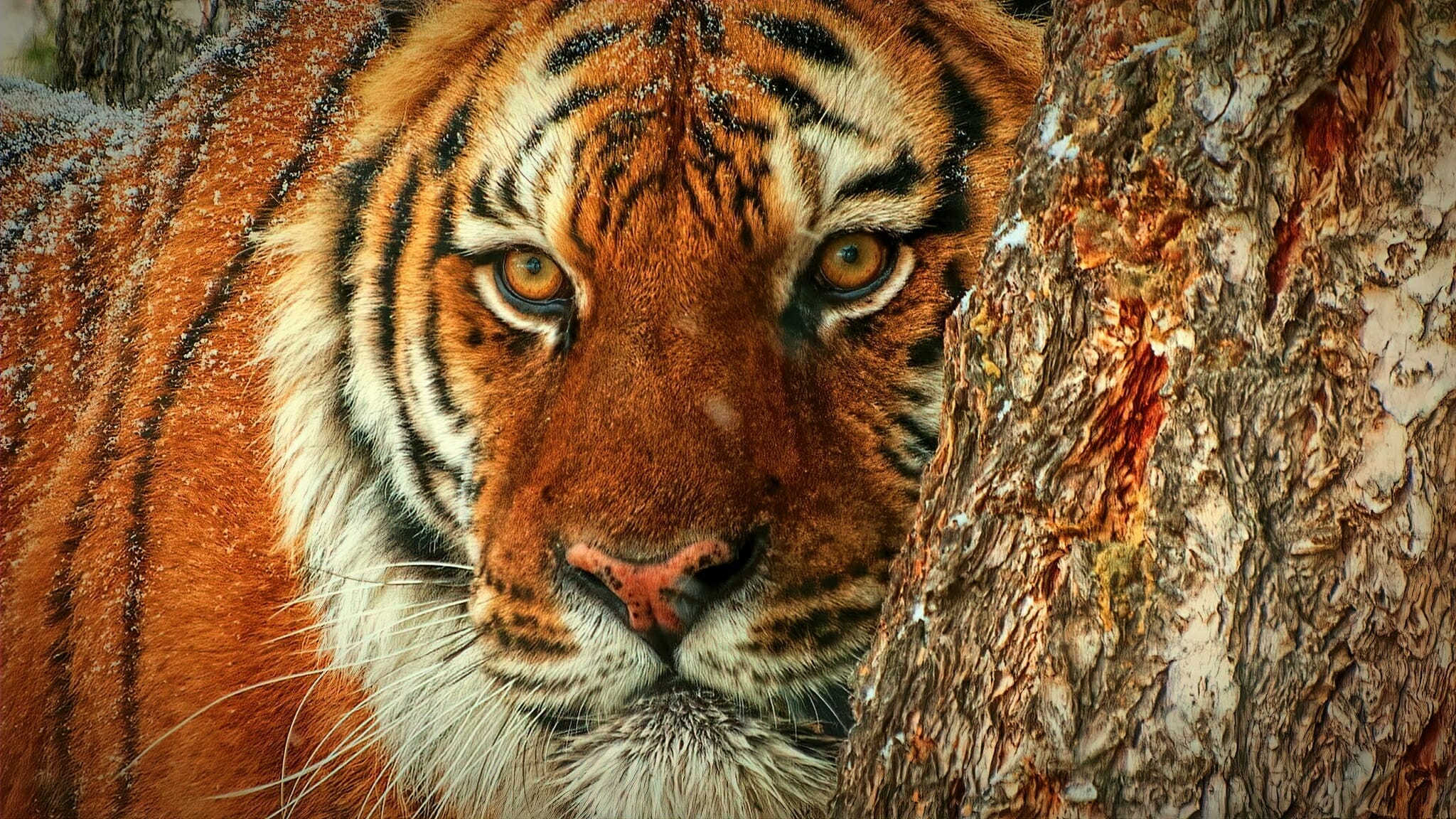
Great article. The part about staying alert really hit home. This summer I was hunkered down beside a pond hoping to get footage of a painted turtle crawling up onto one of several logs to sun itself. It was a hot day, and mercifully the mossies were leaving me alone, so I was crouched comfortably behind telephoto & tripod perfectly motionless for what felt like hours. My arm began to cramp, so without thinking I suddenly stretched it. Wham!!! A whitetail deer about 30 feet behind me snorted and charged off through the underbrush. I figured I lost 10 years off my lifespan in that moment! LOL
Dave,
That is a great story!
So often we hunker down over our cameras and spend so much time that way that we forget that remaining motionless for a period of time invites nature to go back to business as usual.
Wildlife doesn’t often see people in that position as well so being curious about the change in their “living room” they tend to want to investigate.
I can’t tell you the number of times I’ve stood up from my camera only to be surprised by an animal that came in for a closer look. Sometimes I’m not sure who is frightened the most! 🙂
But now I try to be conscious of the fact that I am probably not alone and need to capitalize on taking my time and slowly looking instead of just jumping up and picking up my camera and tripod.
Good to hear from you Dave!